We grew up knowing flags serve as physical symbols of representation. And it’s not just that—it’s probably the bravest and most confident sign there is, considering how, either raised by a hand or plotted on land, it can deliver a message in one glance. Other than that, flags are signaling devices used in situations that need to be noticed.
The Pride flag serves the same purpose and more.
Read more: An FYI on LGBTQ+’s long, long list of acronyms
This Pride Month, LGBTQ+ folks will march up and down the streets with the Pride flag raised, hoisted, graced all over faces and bodies. We know that the Pride flag represents the community, but do we know what that representation means? Before we use the rainbow frame for our Facebook profile picture, better unpack the messages of the Pride flag first.
The Pride flag we see today, an emblem of the LGBTQ+ community since the ’70s, was created by the late American artist, activist, and drag queen Gilbert Baker after Harvey Milk, the first openly gay official in California, asked him to design a symbol for the gay community.
Read more: Marching at Pride Month with one foot out of the closet
The bold design emerged in 1976, the same year the United States celebrated its 200th year of independence when, according to BBC, America wanted to reinstill patriotism and recover from the pain induced by critical points in history such as the withdrawal from the Vietnam War, the Watergate scandal, and the first-ever resignation of a sitting President.
But Milk found this a confusing time so he wanted to produce a unique symbol for the gay community that would carry the message of social independence. Baker decided on a flag because “flags are about proclaiming power.” In an article by Encyclopedia Britannica, he expressed that “our job as gay people was to come out, to be visible, to live in the truth, as I say, to get out of the lie.”
Read more: For Pride Month, here are 15 photos to commemorate the Stonewall riots
But how did they adopt the rainbow? For Baker, rainbows are flags from the sky and that led to the idea of each color carefully curated for the gay community: hot pink for sex, red for life, orange for healing, yellow for sunlight, green for nature, turquoise for magic or art, indigo for serenity, and violet for spirit. It was a standout at the San Francisco Freedom Day parade where people witnessed the first version of the Pride flag.
“If I see a rainbow flag, I feel like that’s someone who is a kindred spirit or [that it’s] a safe place to go. It’s sort of a language,” Baker said.
“We needed something beautiful,” Baker explained in an interview. “Something from us.” The rainbow, he believed, was the perfect visual representation for the LGTBQ+ community because of its diversity and liberating allusions. The flag has since played a huge part in uplifting the LGBTQ+ community in the middle of global human rights struggle and massive resistance. “If I see a rainbow flag, I feel like that’s someone who is a kindred spirit or [that it’s] a safe place to go. It’s sort of a language,” Baker said.
Read more: Support small businesses for Pride! Here are LGBTQ-friendly shops you can check out
Change only sparked when a mass production of the flag started. As BBC reports, the demand for the rainbow flag spiked in the aftermath of the murders exhibited at gay pride parades and other events surrounding LGBTQ+ rights. Then, production issues arose. Pink was removed because its pigment was difficult to source. Turquoise had to say goodbye because its inclusion, for symmetry reasons, “made displaying the flag as a vertically-hung banner from lampposts awkward.” Also, a more “royal” blue replaced indigo, although there hasn’t been any confirmation about why it happened. That’s how it transformed into the six-striped flag we see today.
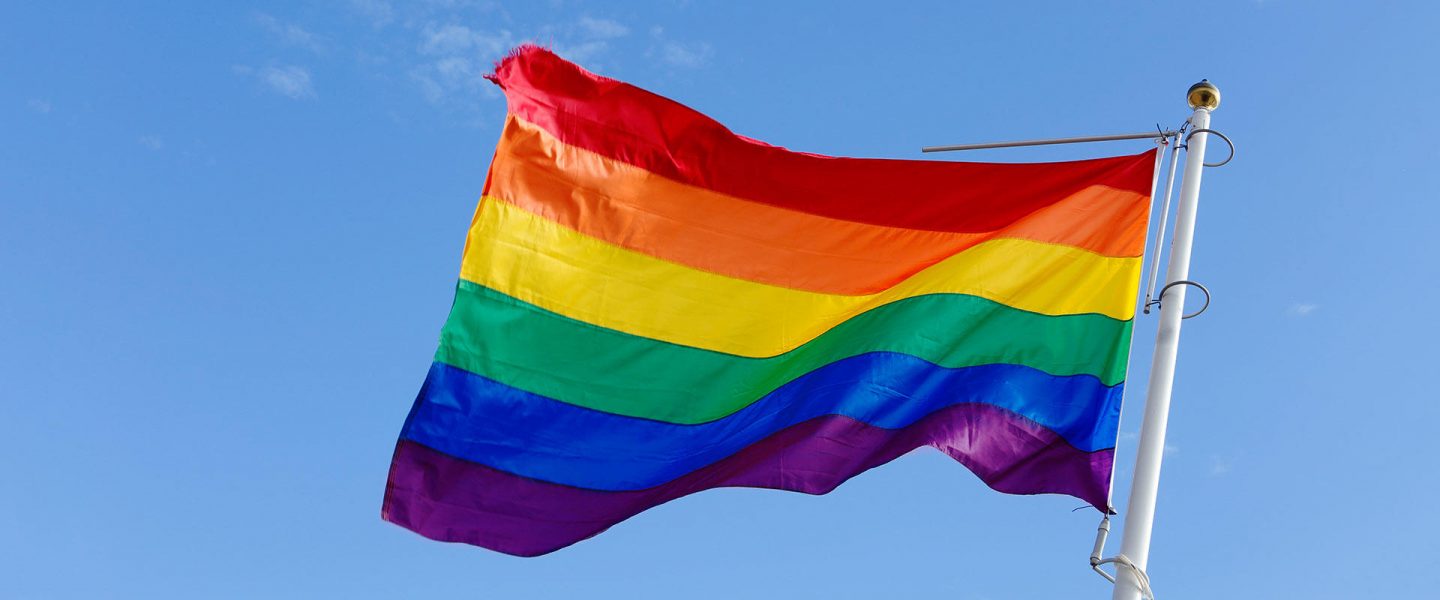
Photo from More.com
This growing mutual feeling among the community even gave birth to different versions of the flag, like the Progress Pride flag, a brainchild of Portland-based graphic designer Daniel Quasar, which added five more colors to the original Pride flag.
These colors represent a more progressive and inclusive version of the flag, which includes People of Color, additional LGTBQ+ identities (transgender, bisexual, aromantic, genderfluid, nonbinary, intersex, pansexual, asexual, and genderqueer), people living with HIV/AIDS, and those who have died because of the illness.
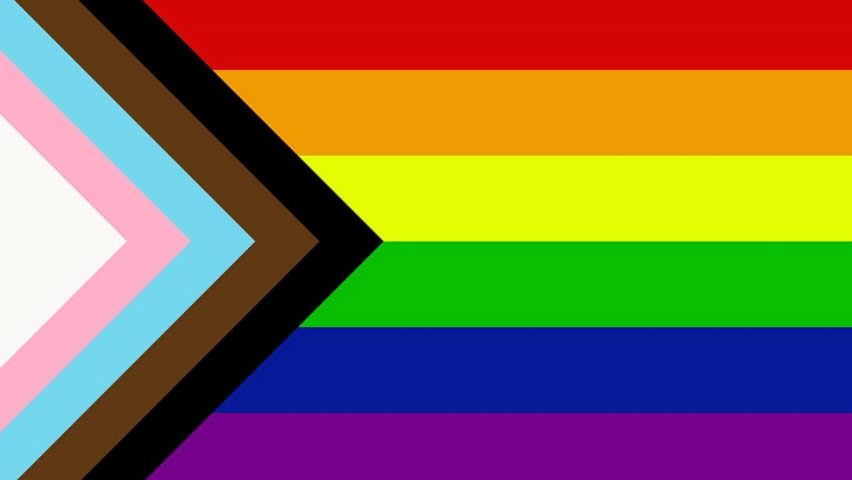
Photo from Deezen.com
Baker may no longer be with us, but just like a flag planted on a sandcastle, his message continues to stand proud, waving in the wind. “My craft became my activism,” he said. In challenging times, this is what every art should aspire to be.
Art by Renz Mart Reyes


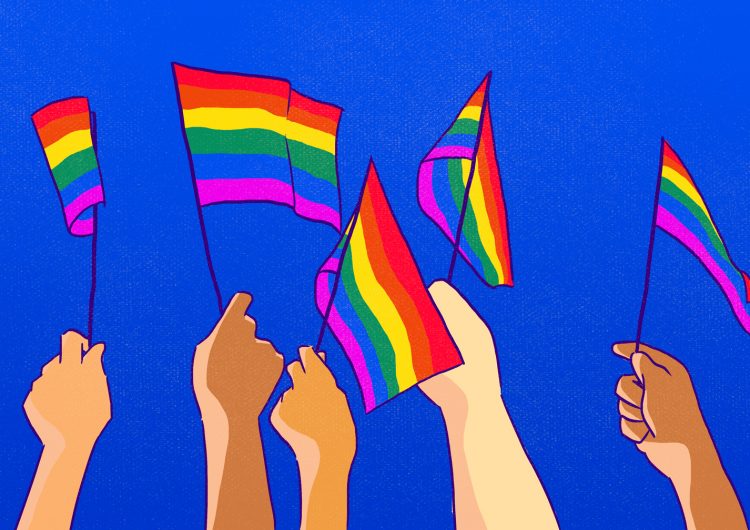













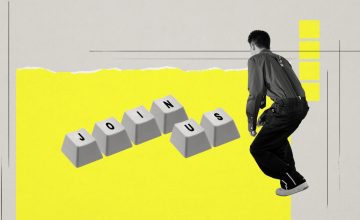
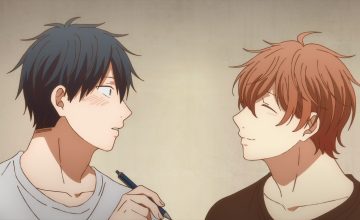







Comments